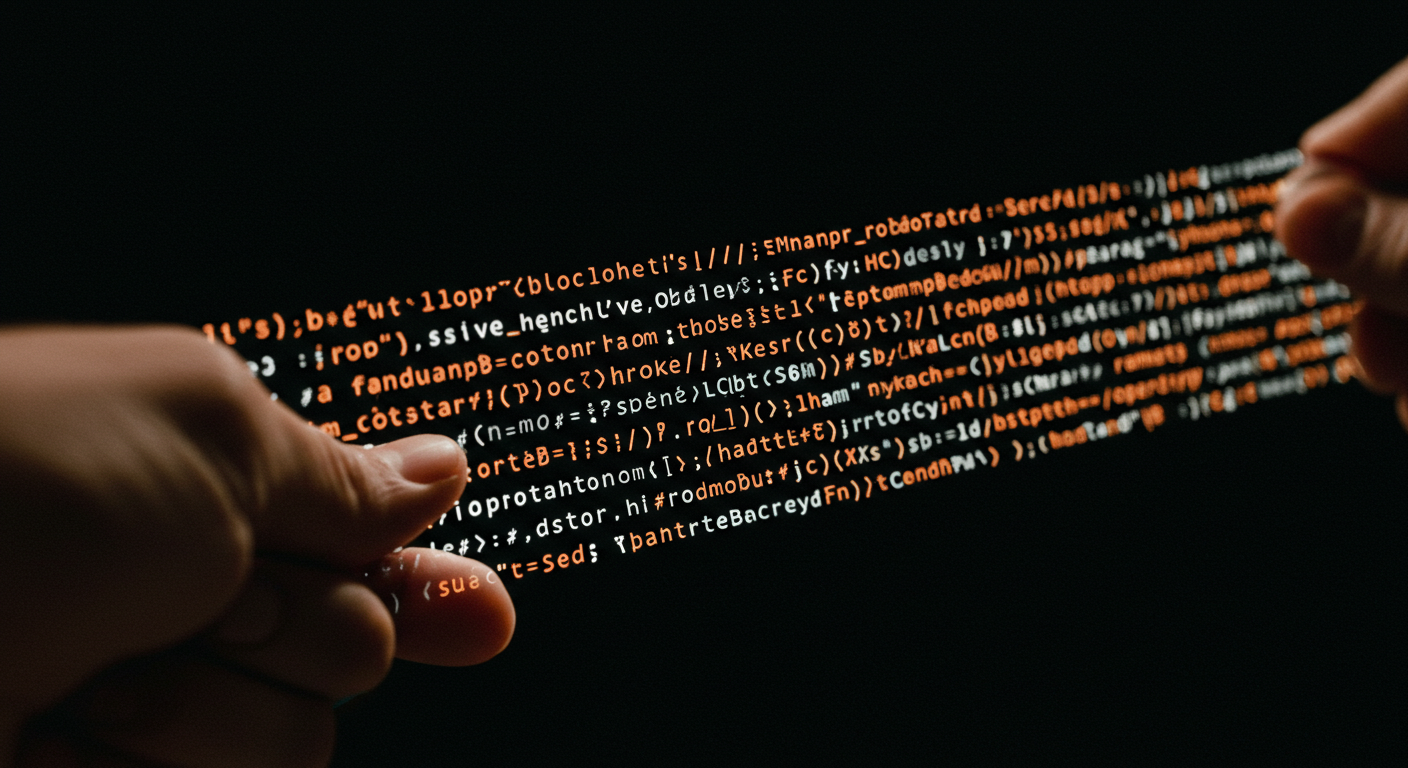The question of why 1 byte equals 8 bits has intrigued many people, particularly those new to the world of computing and digital storage. In this article, we will explore the historical and practical reasons behind this standardization and how it plays a critical role in modern technology.
The Origins of the Byte
The byte, as a unit of digital information, has its roots in the early days of computing. Originally, computers used different sized word lengths, and there was no universal standard for the amount of data a computer could process at a time. However, the 8-bit byte became the most popular standard in the 1960s, largely due to the limitations and needs of the hardware available at the time.
Early computers used binary data, which could be represented by a series of 0s and 1s. A single bit, or binary digit, could only represent two states: 0 or 1. But when designers started working on character encoding, such as ASCII, they realized that 8 bits (1 byte) offered a good balance between complexity and practical usage.
Why 8 Bits?
So why specifically 8 bits? There are several reasons for this standardization:
- Power of Two: The number 8 is a power of two (2^3), which made it easier to design hardware and algorithms. Binary systems are based on powers of two, and 8 bits allow for a manageable number of combinations — 256 possible values (2^8).
- Efficient Character Representation: 8 bits are enough to represent one character in the ASCII standard, which includes letters, numbers, and basic symbols. This made it ideal for text encoding in early computers.
- Hardware Compatibility: Early microprocessors, like the Intel 8008, were designed to handle 8-bit data, making it a natural fit for the computing systems of the time.
The 8-Bit Byte in Modern Computing
Despite advancements in technology, the 8-bit byte has remained the standard in modern computing. This consistency has allowed for compatibility across various systems, from embedded devices to supercomputers.
Additionally, most modern programming languages, operating systems, and applications are designed to work efficiently with 8-bit data units. This standardization has helped streamline the development of hardware and software, ensuring compatibility and simplifying the design of complex systems.
Conclusion: The Enduring Legacy of the 8-Bit Byte
The reason that 1 byte equals 8 bits is rooted in historical, practical, and technical reasons that have persisted through the years. The 8-bit byte offers a perfect balance between data complexity and manageability, and it remains a vital component of modern computing. Even as technology continues to evolve, the 8-bit byte remains a core unit in how we process and store digital information.



コメント